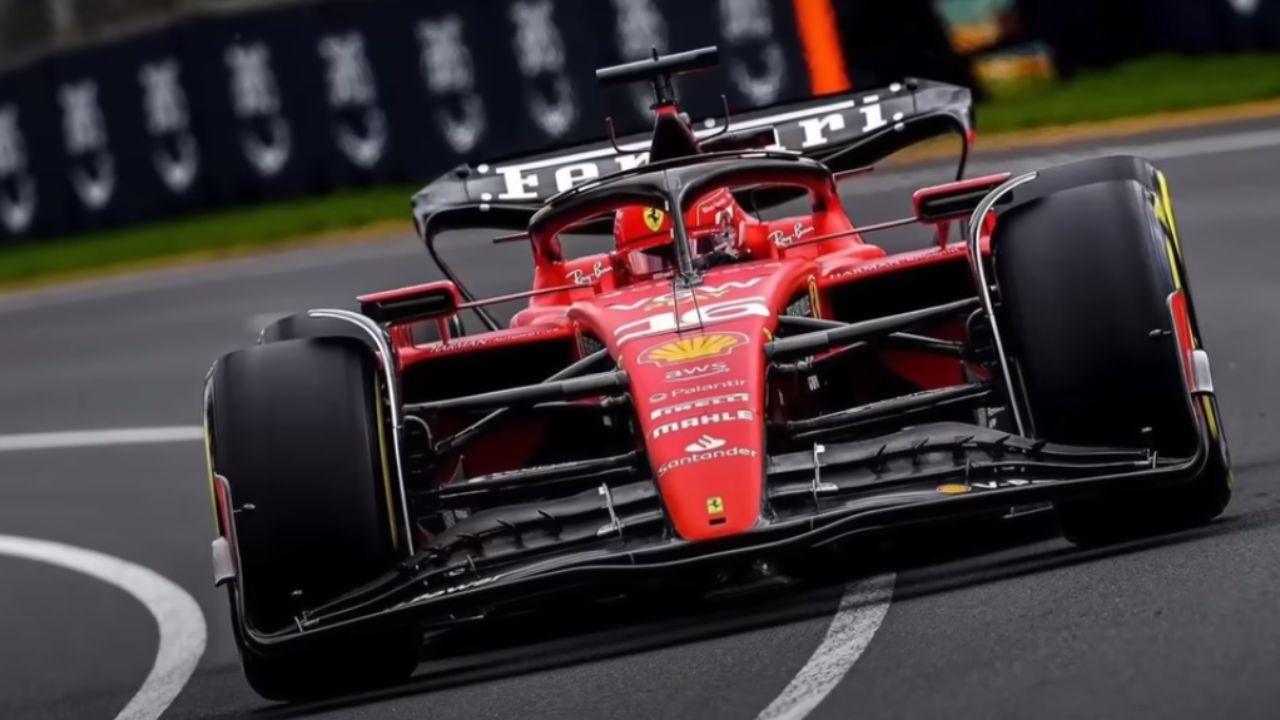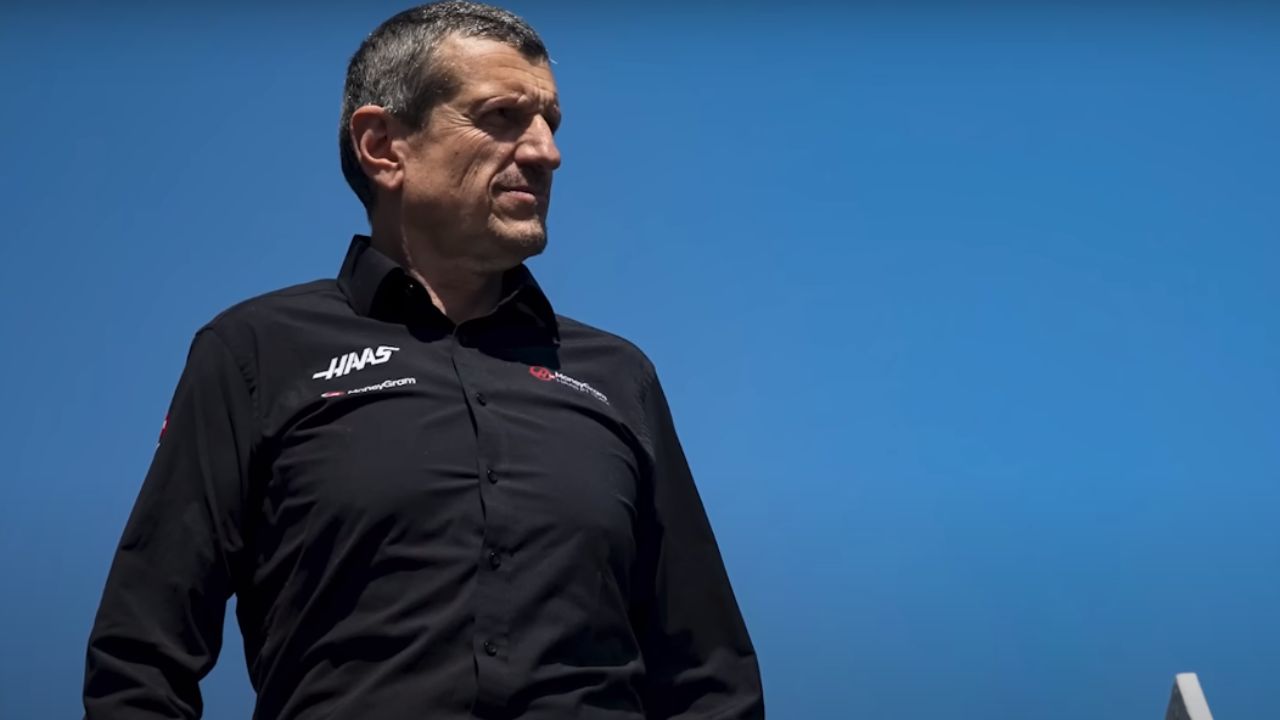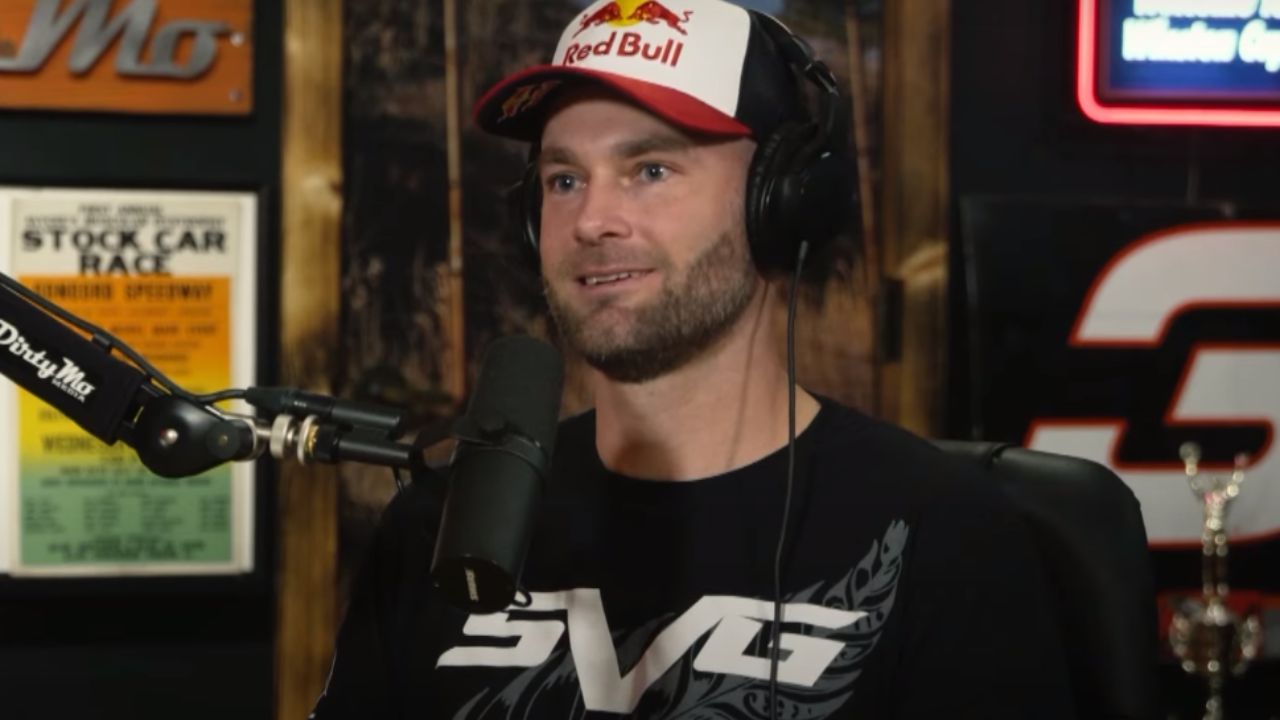When Frederic Vasseur assumed the helm at Ferrari in 2023, he inherited a team grappling with multifaceted challenges. The blame for Ferrari’s descent to P3 in the 2023 constructors’ standings couldn’t be solely attributed to Vasseur. SF-23, while not lacking in one-lap pace, struggled to maintain its optimum operating window. The trifecta of insufficient front-end grip, a narrow optimal operating window, and the car’s demanding relationship with Pirelli rubber all contributed to Ferrari’s tumultuous 2023 season. Despite this, Vasseur is orchestrating a master plan to restore Ferrari to the pinnacle of Formula 1 in 2024 and beyond.
Former Ferrari boss Peter Windsor, in a recent analysis of the team’s trajectory for 2024, scrutinized the true challenges afflicting Ferrari. He questioned whether Vasseur’s plan to revamp the team and hire extensively would genuinely address the root issues responsible for Ferrari’s struggles. Windsor’s perspective contradicts the prevalent narrative, suggesting that the team’s fundamental problems extend beyond structural changes.
View this post on Instagram
Unpredictable Car Dynamics: Windsor’s Skepticism
Vasseur’s plan to restructure and expand the team receives skepticism from Windsor, who emphasizes that Ferrari’s core issue lies in the car’s unpredictable nature. While SF-23 showcased impressive single-lap speed, its inconsistent front-end grip and lack of downforce left drivers Charles Leclerc and Carlos Sainz grappling with uncertainty. The subpar tire degradation further compounded Ferrari’s woes.
In a bold departure from convention, Vasseur’s proposed solution involves significant team restructuring and mass hirings. Windsor challenges this approach, asserting that the key to Ferrari’s resurgence lies in addressing the fundamental design flaws in the car. He contends that achieving stable and efficient downforce is paramount for Ferrari to excel across various circuits.
In a recent Live Chat on a source, Windsor articulated his viewpoint, “The issue is not [the] strategy, the issue is not the mechanics or the way the team is structured. The issue is the design of the car and getting enough usable downforce, efficient downforce into that car or out of that car so that they can be good on all types of circuits.”
Windsor’s argument pivots on the belief that Ferrari’s historical prowess, coupled with its pool of talented individuals, should be sufficient once the foundational design flaws are rectified. The focus, he insists, should be on establishing a stable platform of performance that transcends race-by-race variations.

Ferrari’s Departure from Tradition: Embracing Red Bull’s Design Philosophy
As Ferrari prepares to unveil its 2024 challenger, Vasseur’s claim that it will be 95% new compared to SF-23 raises expectations. Recent reports reveal Ferrari’s departure from tradition, opting to align with Red Bull’s design philosophy to augment their car’s performance.
A significant facet of this departure is the revamped front wing, drawing inspiration from Red Bull’s successful RB19. Ferrari’s adoption of an outwash design akin to Adrian Newey’s approach for the RB19 aims to enhance the stability of the front end, a critical concern during the 2023 season. This strategic move is anticipated to provide a more stable platform, particularly in mid and high-speed corners, thereby improving overall performance.
Effectiveness of Red Bull’s Design Principles
The decision to incorporate elements of Red Bull’s design philosophy sparks curiosity and debate within the Formula 1 community. While this approach aligns with trends observed in teams like Mercedes and Haas, its effectiveness remains uncertain. Ferrari’s endeavor to emulate Red Bull’s success is a testament to the ever-evolving dynamics of Formula 1.
The looming question is whether this departure from tradition and the adoption of Red Bull’s design principles will enable Ferrari to narrow the gap to Red Bull or even surpass them. The racing community is poised on the edge of anticipation, waiting to witness the outcome of this bold shift in Ferrari’s approach.






